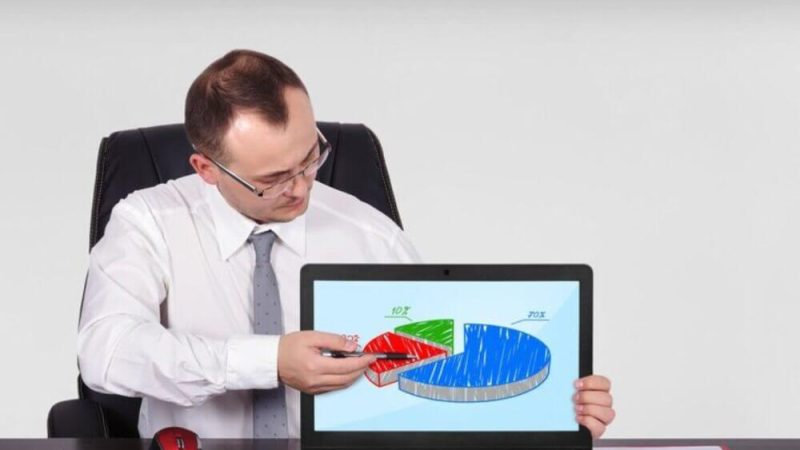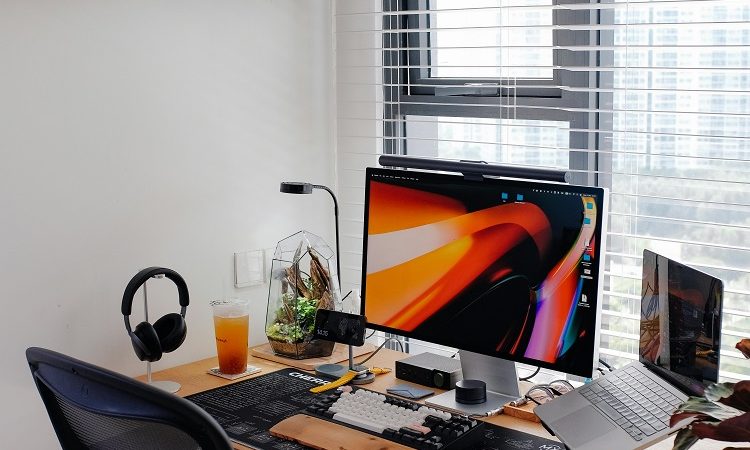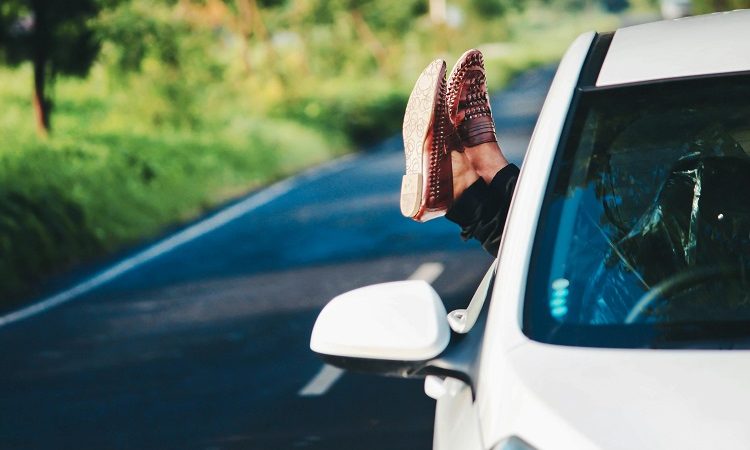An On-the-Go Parent’s Guide to the Different Types of Booster Seats

Every year, between 20 to 50 million people suffer from non-fatal injuries due to car crashes. Another 1.35 million die from such collisions, which is quite tragic.
While we can’t prevent accidents from happening, we can certainly do everything we can to protect ourselves and our passengers. If you’ve got little ones, then you can protect them by putting them in booster seats.
But what are the types of booster seats available? And which one is right for your child? Read on to find out!
Does My Child Need a Booster Seat?
First, let’s answer this question, seeing as not every child needs a booster seat.
If your kids are infants, toddlers, or preschoolers, they won’t need booster seats. Instead, you’ll need either a rear or forward-facing car seat, depending on their exact age.
For infants and toddlers, they’ll need rear-facing seats (either regular or convertible). For older toddlers and preschoolers, they’ll need a forward-facing convertible or harnessed car seat.
In general, school-aged children who are below 4 feet 9 inches tall and/or 8-12 years of age will need a booster seat. Once they’ve reached that height or age, they can wear regular seat belts. However, all kids under 13 should ride in the back.
Read more about booster seat laws on Insurdinary’s page.
Now, let’s tackle the 2 main types of booster seats available: backless and high back booster seats.
Backless Booster Seat
A backless booster seat is basically just a cushion that your little ones can sit comfortably on and is the one most commonly used. The purpose of this is so your children are sat in a raised position, which results in a better fit for the seat belt.
While car seats come with harnesses, booster seats don’t. Whether you choose a backless or high back booster seat, you’ll use the back seat’s seat belts to strap your kids in.
Most backless booster seats just sit on top of the back seat; you aren’t able to strap them down. However, some manufacturers do make seats that can be secured with the LATCH system.
Do note that backless booster seats can only be used with back seats that have headrests. Also, to position your child correctly, their ears need to be at the same level as the top of the seatback.
High Back Booster Seat
This type of booster seat gives more protection since there’s an extra layer in the back. They’re best for smaller children, as they reduce the chances of whiplash and injuries in the event of a crash.
Like with the backless booster seat, most seats just sit on top of the vehicle’s back seat. However, you should be able to find some that can be secured to the LATCH system.
In addition to the backless and high back booster seats, there is the combination booster seat. It’s basically a high back booster seat that has a removable 5-point harness.
Choose the Safest Types of Booster Seats for Your Kids
Now you know about the 2 main types of booster seats. While high back booster seats offer your children more protection, they’re bulkier, which can be a hassle if you’re moving the seats often. So weigh your options to pick the best seats for your needs.
To read more about road safety, check out our other blog articles now.





